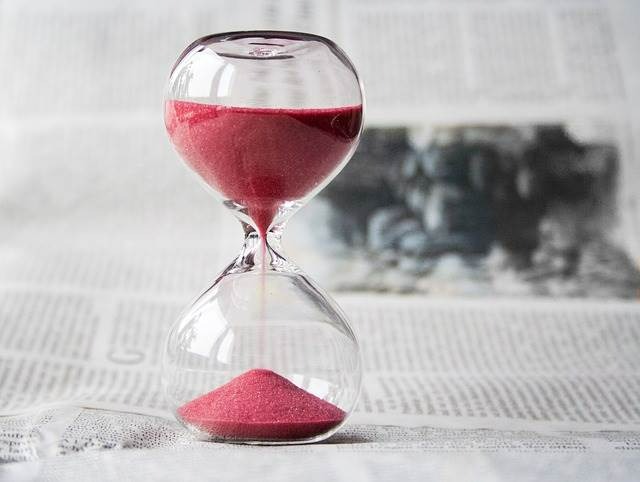High Frequency Trading
Without a doubt, one of the major changes in the Forex world over the last several years has been the advent of high-frequency trading. When looked at in this prism, some high-frequency traders can make hundreds if not thousands of trades per day. Obviously, this is not done manually, and is typically done by some type of algorithm or computerized system. Beyond that, this is not done by the “expert advisors” you find online for the Metatrader 4 systems. This is highly specialized equipment, using computers and connections much faster than the retail trader has access to. Typically, this is done by hedge funds and/or banks and possibly proprietary trading desks. These traders are day traders, and not looking to make much per trade, but rather make a lot over the course of hundreds of trades.
High Frequency Trading
For day traders who work manually, you may be looking at more along the lines of 20 trades a day. However, not all days are the same, and some days won’t offer much in the way of opportunity. Most of the time, as a day trader you can probably find 3 to 5 trades pretty easily. That being said, day trading is probably one of the most difficult thing to do, especially in the short term charts, as it brings in a whole new host of issues from a psychological standpoint. This is normally done by professionals and those with an extreme amount of experience. There is nothing that prepares you more than experience. To jump in on the five-minute chart right away is a path to a margin call.
Swing Traders
The next group of traders are swing traders, or intermediate traders. These traders tend to place a couple of trades a day at most, and typically are hanging onto trades for several hours, if not days. For example, you may recognize that the AUD/USD pair has a significant amount of support at a particular level. You also recognize that 200 pips above, there is a significant amount of resistance. Somebody who is an intermediate trader might enter this trade and simply hang onto it until we get to the target. That could be a handful of hours, or a few weeks. Intermediate and swing traders are looking for specific targets, not necessarily a timeframe. It is because of this that it’s difficult to quantify exactly how much they trade. It depends on market conditions, but that’s going to be true with all of these traders.
Investors

Another group of traders will fall more along the lines of investors. These are traders who recognize that the currency they are trading is in an uptrend, and they are buying and holding. These traders quite often will hang onto a trade for weeks, if not months. In fact, some of these traders will even own a currency for a few years. As a general rule, currency pairs tend to enter cycles of 2 to 3 years on each trend, so these are the traders that are trying to pick up those moves. Obviously, their profit and loss situation changes quite drastic, because they could have pullbacks of 300 pips as an example. However, that 300 pip pull back may be minor in the big scheme of things, but you have to have conviction and you have to have the strength of mind to hang onto a trade and let it work. These are typically traders that will take small positions and then build as the trade works out in their favor. So in that sense, they may have one trade going for two or three years, but the reality is they may add to it 30 or 40 times as an example.
Avoid Overtrading
The one thing that traders should avoid at all costs is overtrading. While the spread is not huge for most currency pairs, it is a cost of doing business. The altar short-term traders out there using a computer to place their positions have spreads that are as close to zero as possible. They trade on completely different platforms and dark pools then most retail traders, so for them overtrading isn’t as big of an issue. In fact, it’s exactly how they make their money. For the rest of us, it makes sense to maximize the efficiency of each trade, meaning not jumping in and out of the same trade.
Take the example of buying the Australian dollar against the US dollar at 0.70. If you go along at this level, and take your profit and 0.71, you have gained 100 pips, which is a pretty good trade. However, if the trend continues to go higher and you reenter the trade, you may have to deal with a pullback that is unnecessary. At the very best, you are paying the spread twice, something that doesn’t make any sense. In other words, you should be in the trade until you either hit your target, or something has obviously changed in the attitude of the market. In a sense, that’s the easiest way to decide how much you should be trading, by asking the question “has something changed in the overall attitude of the trade that I am in?”
Unfortunately, far too many Forex traders, (and I’m willing to admit myself included at times), get a bit bored occasionally and start placing trades because they feel like they should be in the market. That is a great way to lose money, if that’s going to be your goal. However, less is more when it comes to trading. The better the setup, the more you should be trading it. The other ones that are “so-so” are ones that you should leave alone. In short, the less you trade the better off you typically do, which is a bit counterintuitive but something I have learned over the last 12 years.
